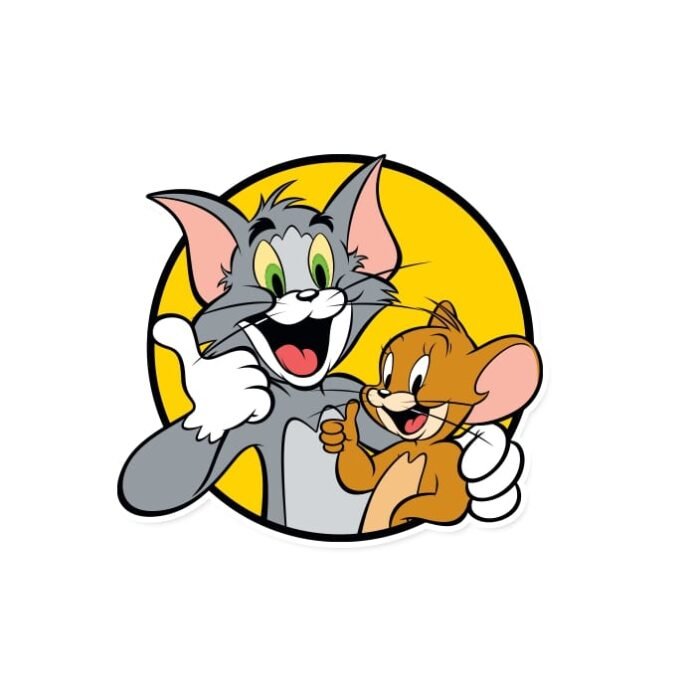Animation is a great media for movies, music videos and advertisements, today. But have you ever wondered how it all began? The introduction of the motion picture into the world brought numerous changes in society. With a fun, colorful and interesting effect to the viewer, animation has become one of our favorite artforms!
It uses the principle of ‘persistence of vision’ to produce an effect of motion picture to the eye, and is a favorite of people of all ages!
What is animation?
Animation literally means ‘to bring life to’. In this art, the images appear to be alive and moving. From silent, black and white cartoons in the 1900s, today there are high-technology, advanced forms of the art- ranging from:
Traditional cartoons
In this form, the animator is required to draw the single frames by hand, joining which, the story-line is built.
2D Animation
2D animation is vector-based animations, for example the ones used in the making of ‘Flash’. This is one of the most popular and accessible means to animation.
Motion Graphics
Motion graphics is a form where there is no storyline, but focuses on the skill to move or animate graphic elements like shapes and texts, used mainly in explanatory videos and animate logos.
3D animation
As the name suggests, this form of animation bases on laws of physics in order to create most realistic images and movements.
Stop Motion
This method uses a still of photographed images of real objects, and places them in a series to show movement.
The Early Cartoons
In 1906,J. Stuart Blackton, a famous director and producer of the silent era, created perhaps the earliest animated film, titled Humorous Phases of Funny Faces, after which a number of animated films appeared for New York’s pioneering Vitagraph Company. After this, Blackton, used the stop-motion technique, to create his short film titled ‘Haunted Hotel.’
In 1908, ‘Fantasmagorie’ was created by the French Charicaturist Émile Cohl, which was one of the first fully animated films with no live-action. Following this, in 1908, Windsor McCay created the film ‘Gertie the Dinosaur’ using iconic techniques of key framing, inbetweening, registration marks and loops.
Mickey Mouse’s Entry
Mickey first became popular in the 1928 film ‘Steamboat Willie’ directed by the famous Walt Disney and Ub Iwerks, produced in black and white by Walt Disney Studios.
Walt Disney is indeed known as the greatest production house for animation and is still one of the greatest studios in present times! The Studio was established in 1923 by Walt Disney and Roy O Disney, also known as the Disney Brothers. Their logo is based on the short-film ‘Steamboat Willie’.

With iconic images of characters like Mickey Mouse, Minnie, Goofy, Pluto and Donald Duck, Walt Disney rules over the world’s popular culture, and the power of the American studio.
Tom and Jerry
In 1940, William Hannah and Joseph Barbera created and produced over one hundred episodes for the Metro-Goldwyn-Mayer or MGM. Many episodes such as Yannkee Doodle Mouse (1943), The Cat Concerto (1946), and Johann Mouse (1952)—won Academy Awards for best animated short subject.

1960s- The iconic ‘Flinstones’
Creators: William Hannah, Joseph Barbara
Flinstones is a path-breaking cartoon for being a prime time American situational comedy, featuring paleolithic times, with characters like Wilma, Pebbles and Fred- and their pet dinosaur ‘dino.’The Flinstones became the most financially successful and longest-running network animated television series for three decades, before The Simpsons took over in 1989.
3D Movies
Pixar, after 1986, brought about amazing computerised animation films like Ratatoullie (2007), Cars (2006) Finding Nemo (2004). In 1995, Toy Story became Pixar’s first feature-length animated film and became known in history as the first 3D animated film.
history of animation (webflow.io)
Tom and Jerry | Creators, Characters, & Facts | Britannica
The evolution of animation – a timeline | Fudge Animation
“Smart Eye Technology”, Since 2018 !! Technology For Your Eyes Only!! » Unveil













































